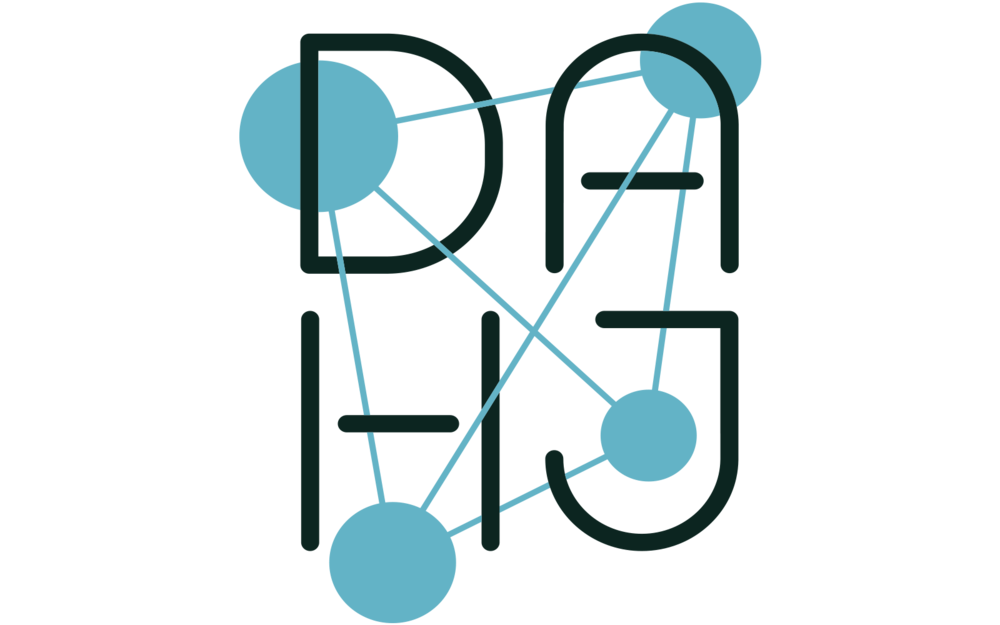Abstract
Taking into account the call of this journal to examine the epistemological and methodological assumptions in the field of art history on the verge of its digital turn, the aim of this essay is to contribute to the ongoing discussion by questioning the role of the framing device in the context of image appropriation and critical interpretation of visual documents. Focusing on the cognitive and structural potential of the frame, a common feature between analogue and digital art historical practice, we try to provide points of historical perspective through a selection of particular examples (Giorgio Vasari, Gustav Ludwig and Aby Warburg) and bring them closer to the notions of instrumentation and interface.
DOI: https://doi.org/10.11588/dah.2015.1.21638
Author
Elli Doulkaridou
is a PhD candidate in art history at Centre d’histoire de l’art de la Renaissance, University of Paris I Panthéon-Sobonne. Between 2011 and 2014 she was also a research assistant at the Institut national d’histoire de l’art. Her research, under the supervision of Professor Philippe Morel, concerns Roman illuminated manuscripts of the first half of the 16th century. Part of her thesis will be focusing on digital practices and methodological shifts in the domain of illuminated manuscripts. Between 2009 and 2011, she taught the course “Management of digital resources” in the department of art history at her university. She has also led workshops on digital art history for two summers at the European Summer University in Digital Humanities (University of Leipzig).

